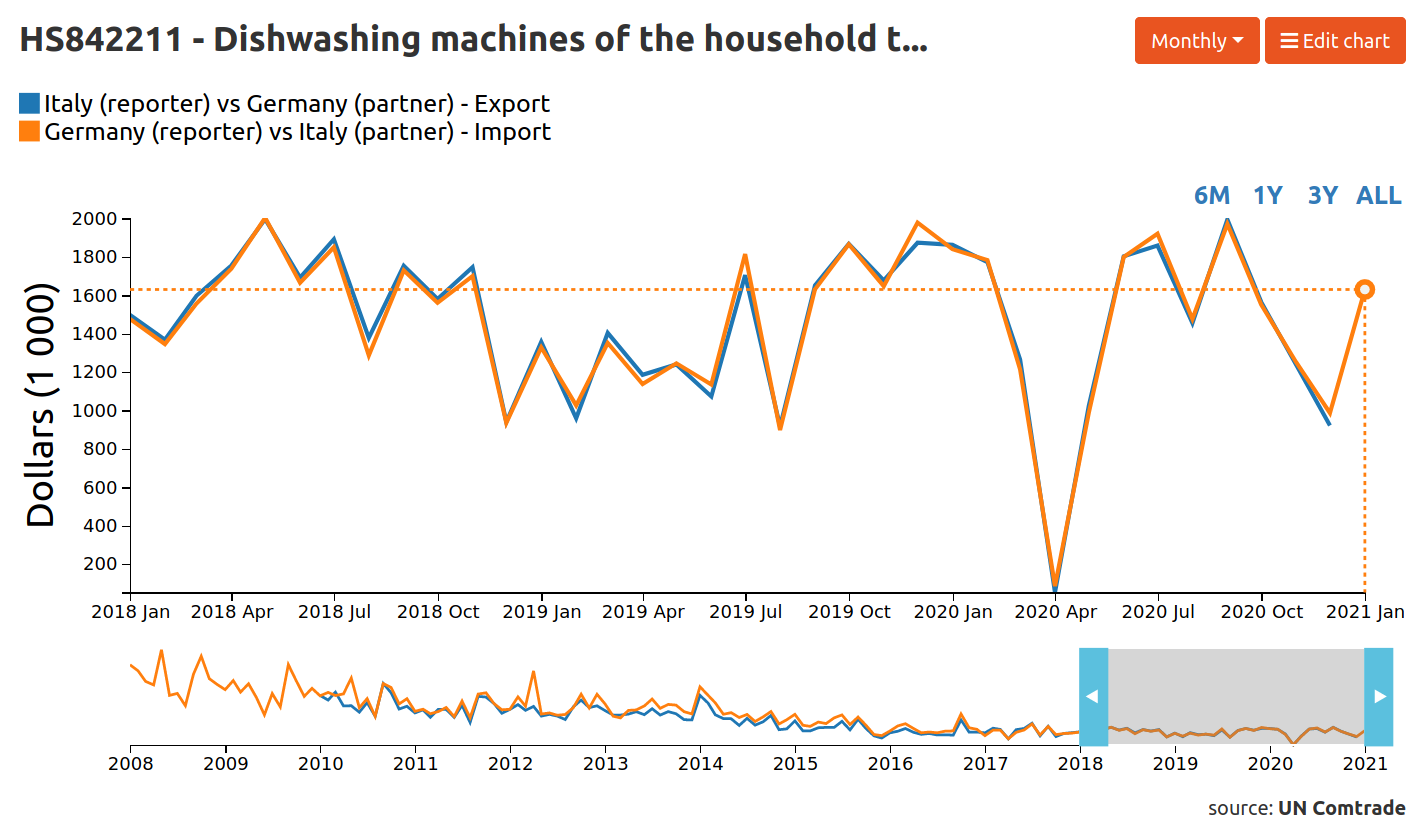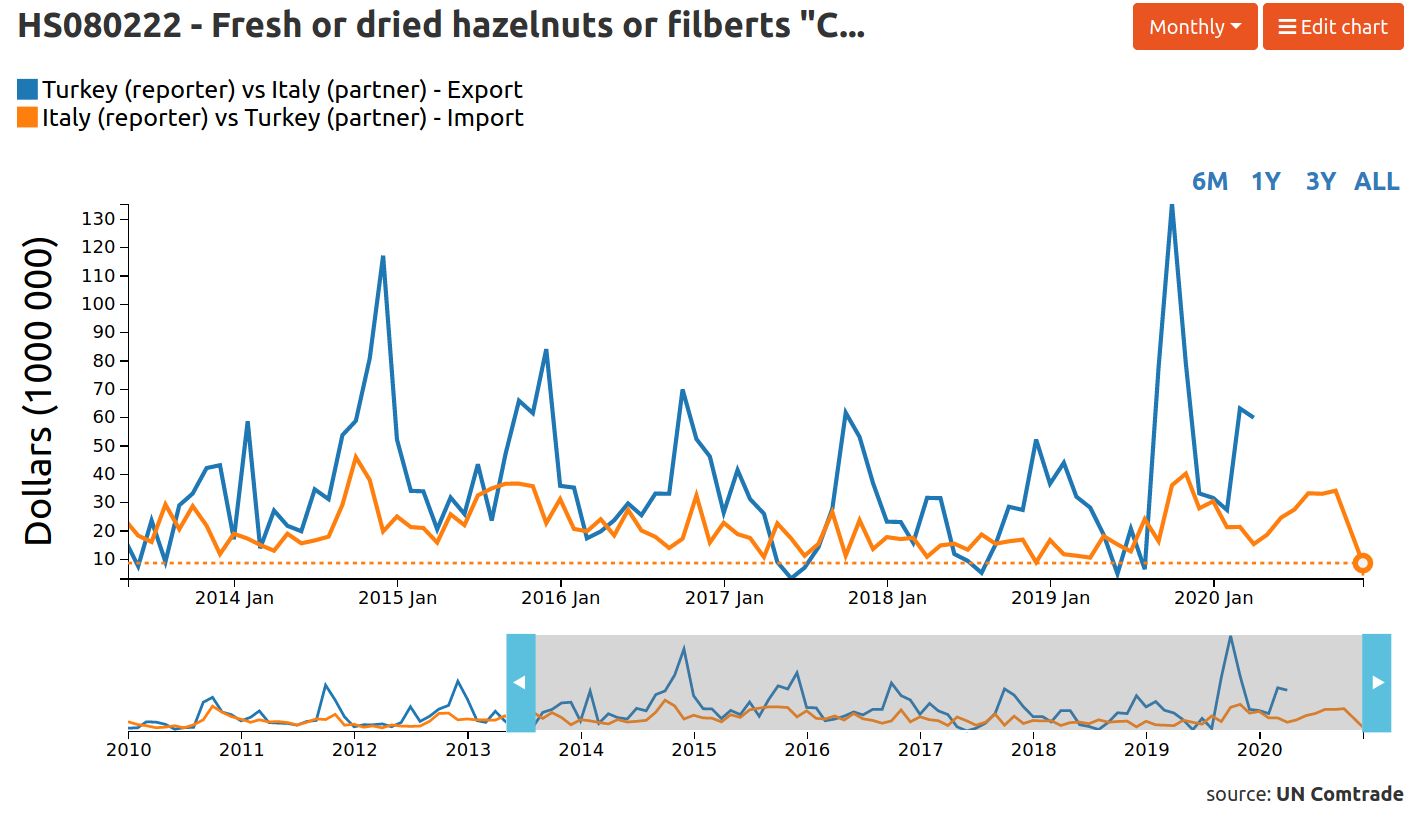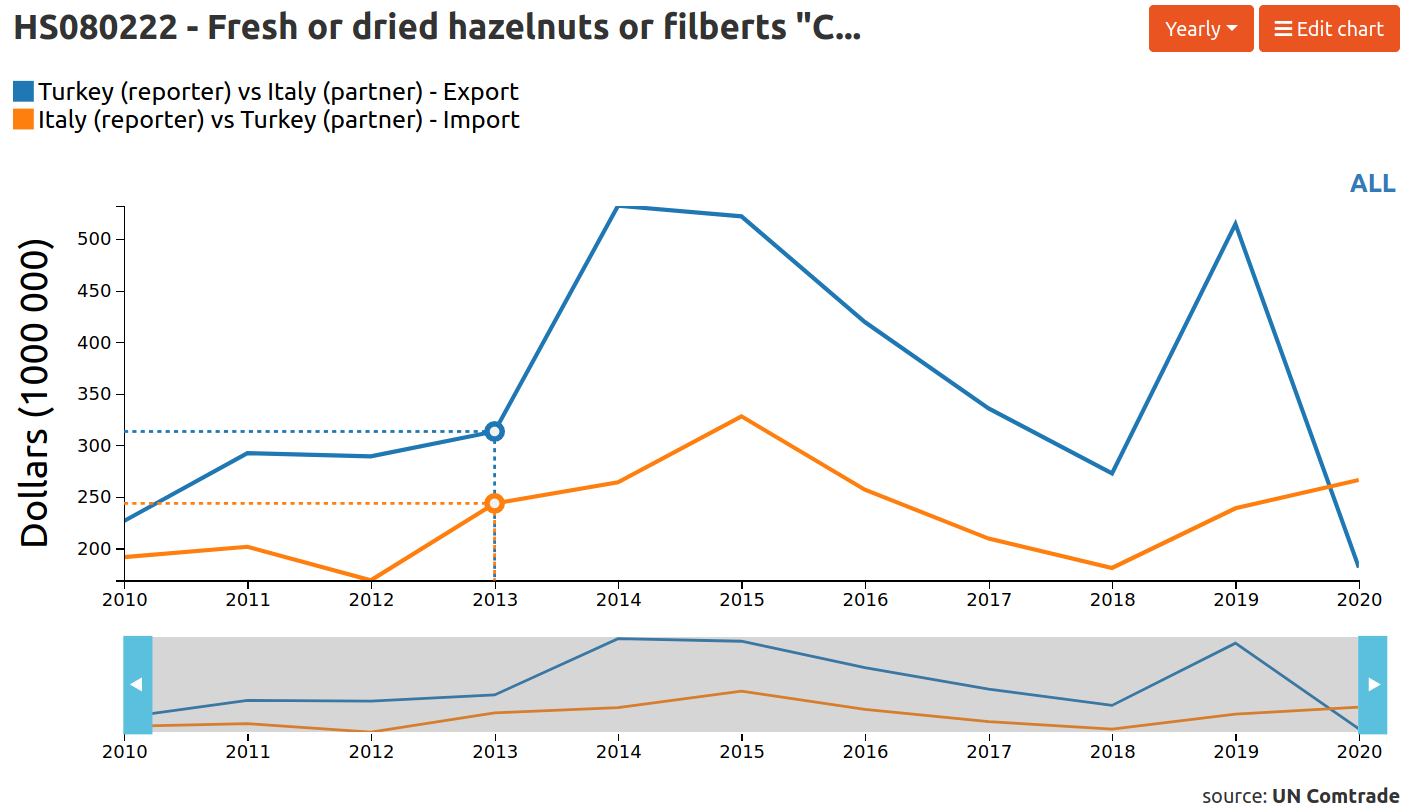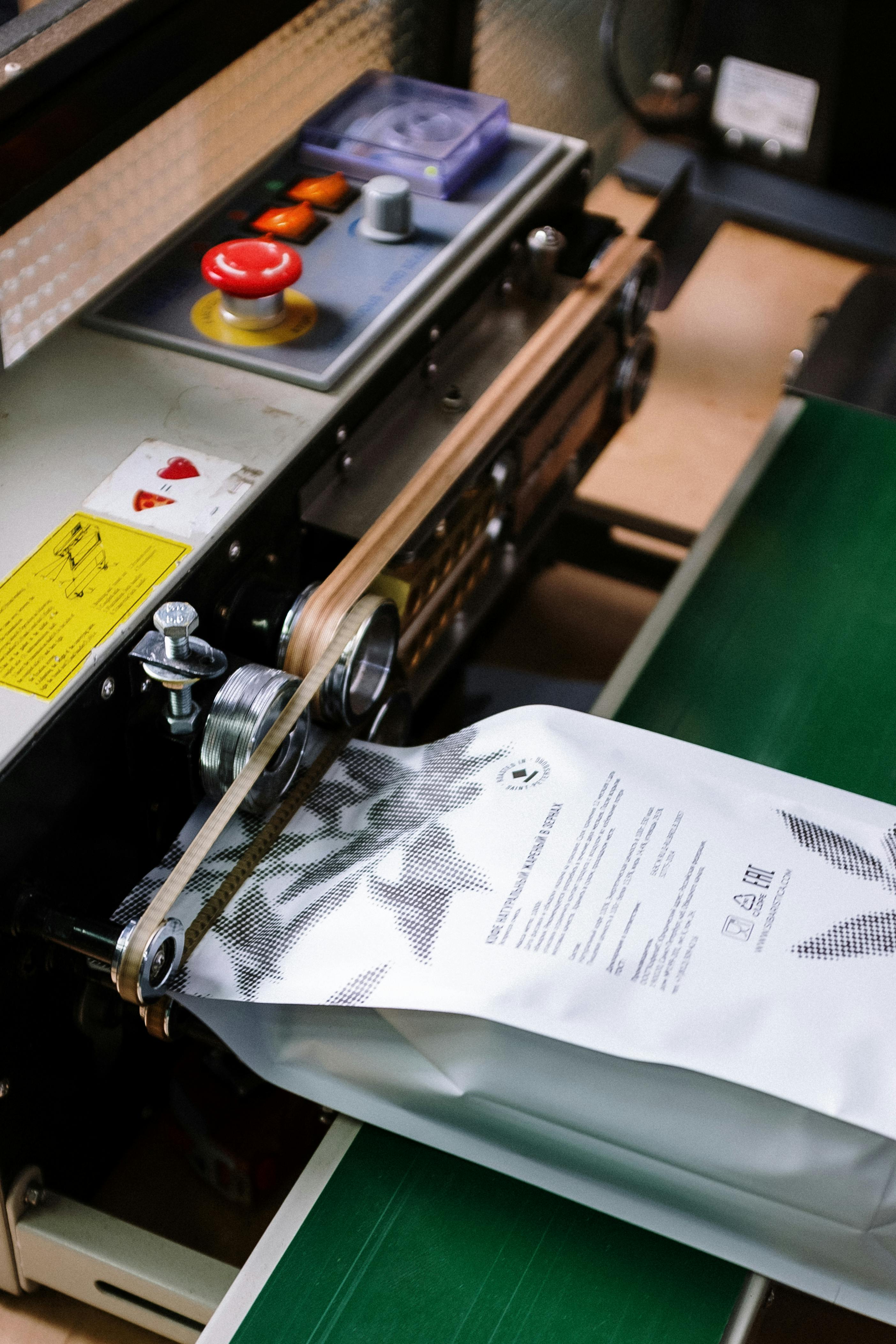Mirror Flow: a new tool by ExportPlanning
Published by Matteo Cavallo. .
Importexport Internationalisation toolsStatistics on international trade flows are one of the richest sources of economic data on several countries in the world. Every month, the statistical offices around the world collect data on the values and quantities of imports and exports declared by firms in their countries. These data are first secreted (aggregated by product code, so that the individual flows of a company are not recognizable) and then shared within international statistical data exchange circuits. The most important international circuit is provided by the UN and its data collection is available in the UN Comtrade DataBase.
The statistics on international trade flows are unique within the world economic information thanks to their characteristics.
Unique classification of goods
All countries use the same classification of goods: the Harmonised System (HS), developed and maintained by the World Customs Organisation. Data from all countries around the world may be compared through this classification.
Continuous improvement
For several years, the UN has been funding projects to help less developed countries to set up a statistical system that improves quality of import and export data collected. This has led to a gradual improvement in world statistical records of trade flows.
Double measurement
Their most important feature is the double measurement. Each trade flow between two countries is measured twice, i.e. both exporting and importing countries are measured independently. This double measurement is a key feature of trade flows as it provides information on a specific economic phenomenon and an assessment of the quality of the measurements. A double measurement on a specific trade flow resulting in a close survey provides evidence of reliability.
The graph below shows Italy's monthly export declarations and Germany's monthly import declarations of dishwashers from Italy to Germany.

The graphs show a perfect aligned measurement of the trade flow on both the export and import side, resulting in a reliable value for dishwashers exported from Italy to Germany.

But a trade flow may be recorded differently by the customs in two countries, creating a difference in both levels and dynamics. An example is the export of Turkish shelled hazelnut to Italy. In this case we can see a difference in both level and dynamics: Turkish peaks are recorded with a much lower intensity by Italian import declarations, whereby transforming them from monthly data into annual1 data, this generates a gap in the total level.

Finally, it may be the case that some countries have not declared the trade flow of interest.
Mirror Flow
The Mirror Flow tool (available at the following link mirror-flow.exportplanning.com) has been constructed to allow a quick comparison of the measurements of a trade flow by two country partner.
It directly accesses to the UN Comtrade DataBase, thus comparing the declarations in the database2.
Mirror Flow also allows to select the Harmonised System (HS) code of interest at the desired detail level: Chapters (2-digit HS), Sub-Chapter (4-digit HS) and Product (6-digit HS).
World trade data are a broad rich source of information for analyzing the market potential of different countries and the competitive strength of different exporters.
Through MirroFlow it is possible to have a quick judgement on the reliability of country declarations and refine the information set of a decision-making process.
(1) The last year is calculated as the sum of the available months.
(2) ExportPlanning information system is more extensive because it integrates the Comtrade database with other databases, such as Eurostat's Comext database and the Usatrade database of the United States Bureau of Statistics.


